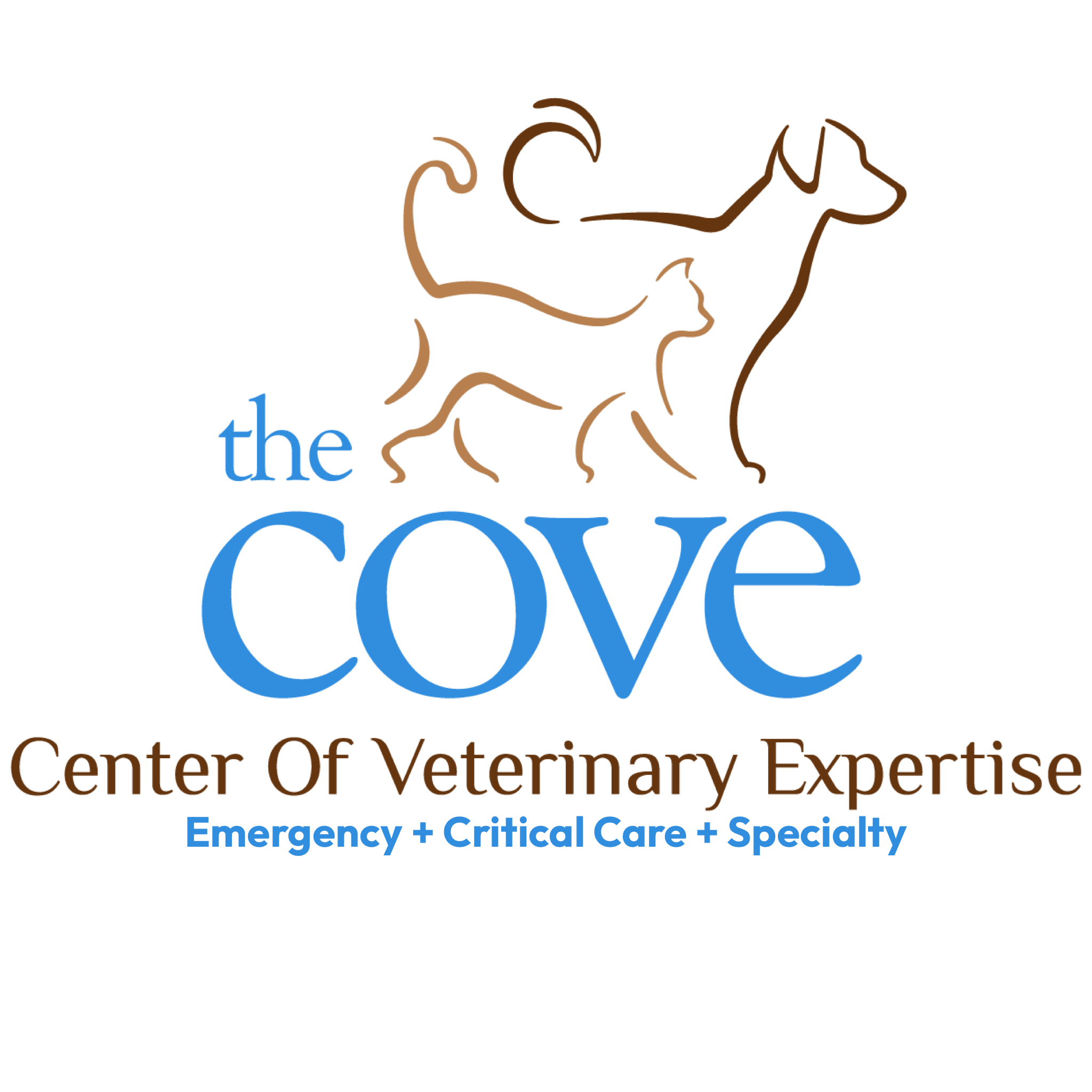It’s National Expanding Girls’ Horizons in Science and Engineering Month and a perfect time to talk about the rise of women in veterinary medicine and the steps it takes to become a veterinarian.
Veterinary science is one of the few STEM (Science, Technology, Engineering, and Math) fields dominated by women. Currently, over 80% of the students in veterinary school are female, and the ratio of women to men in the veterinary industry is 55:45.
How Do You Get into Veterinary School?
Specific admission requirements vary for each veterinary college, but generally, you’ll need to take every science- and math-related course offered in high school, and your undergraduate degree will preferably be in the biological and/or physical sciences. Some required undergraduate courses could include chemistry, organic chemistry, biochemistry, biology, physics, math, anatomy and physiology, microbiology, and animal sciences.
You’ll need to keep your GPA at a minimum of 3.5—preferably higher. Additionally, it is recommended you either work or volunteer at veterinary clinics, barns, kennels, or even zoos to gain practical and clinical experience, and diversify your experience as much as possible. Admittance to veterinary school will require letters of recommendation from your academic advisor and a veterinarian.
Additionally, you’ll need to take the Graduate Record Examinations (GRE) and score well. It is recommended to apply to five to seven schools to increase your chance of gaining admission.
Similarly to medical school, admission to any veterinary college is highly competitive. According to the Association of American Veterinary Medical Colleges (AAVMC), the number of available spots at schools have increased, however there is still a 2.0 applicant per seat ratio, meaning there is on average of two applications for every available seat.
The AAVMC also states the 80% of first year accepted veterinary students for the incoming class of 2022, were first time candidates. While only 14% of accepted students were second-time applicants.
What Can You Do with a DVM Degree?
A Doctor of Veterinary Medicine (DVM) degree (or VMD Veterinariae Medicinae Doctoris– if you graduate from the University of Pennsylvania) takes four years of advanced study after undergraduate school and covers numerous animal species. To practice in the United States, once you’ve graduated you’ll also need to pass the North American Veterinary Licensing Exam, as well as whatever is required in the state where you plan to practice.
With a veterinary degree, you can pursue various careers beyond primary care or specialty practice, including veterinary research, federal or state government organizations, Army or Air Force, public health, food supply medicine, public policy, shelter medicine, global medicine, and teaching.
Going Above and Beyond the Veterinary Degree
In addition to focusing on a certain species (such as equine, farm animals, exotics, or small animals), many veterinarians choose to become experts, or board-certified specialists, in a particular area of medicine such as oncology, dermatology, cardiology, radiology, and surgery, just to name a few.
How to Become a Board-Certified Specialist
According to the American Board of Veterinary Specialties, there are currently 22 recognized veterinary specialty organizations comprising 40 distinct specialties. To become board certified, a veterinarian must have completed, at a minimum, four years of veterinary college, a one-year internship or equivalent, and two to three years in a residency program that meets the standards of a recognized specialty college or board. There are additional training and caseload requirements that must be met during the residency. Finally, the veterinarian must pass a series of rigorous examinations.

Here at The COVE, we are proud to have three board-certified specialists, Merrilee T. Small, DVM Diplomate, American College of Veterinary Internal Medicine (Cardiology), Jeff T. Stallings, DVM Diplomate, American College of Veterinary Surgeons, and Jacqueline Nobles, DVM Diplomate, American College of Veterinary Emergency & Critical Care.
Board-certified specialists work closely with primary care veterinarians who refer patients to specialists for advanced care.
Dr. Small is proud that more women are not only pursuing a career in veterinary medicine but also becoming board-certified and helping to advance specialty field.
“Veterinary medicine is one of the first professional fields to be predominated by women,” says Dr. Small. “Some of the most important contributions to the advancement of veterinary cardiology, and in many other disciplines, have been made by women.”
Becoming a veterinarian is a long process with years of advanced education and continuous learning even after obtaining a DVM. But we believe it is a very rewarding and exciting profession. It isn’t just about caring for animals; it’s also about helping humans who love pets as much as we do.
More Questions?
For more information on applying to veterinary school, we recommend visiting the AAVMC website. If you have even more questions, we suggest contacting your family’s primary care veterinarian. You can always stop by The COVE’s booth at the next community event and we will be happy to answer all of your questions.
About Us
The COVE’s veterinarians and staff wholeheartedly embrace the core values of community, collaboration, commitment, compassion, and integrity. This focus ensures that pets, the people who love them, and their primary care veterinarians have as positive and affirming a healthcare experience as possible, regardless of the circumstances that bring us all together.
